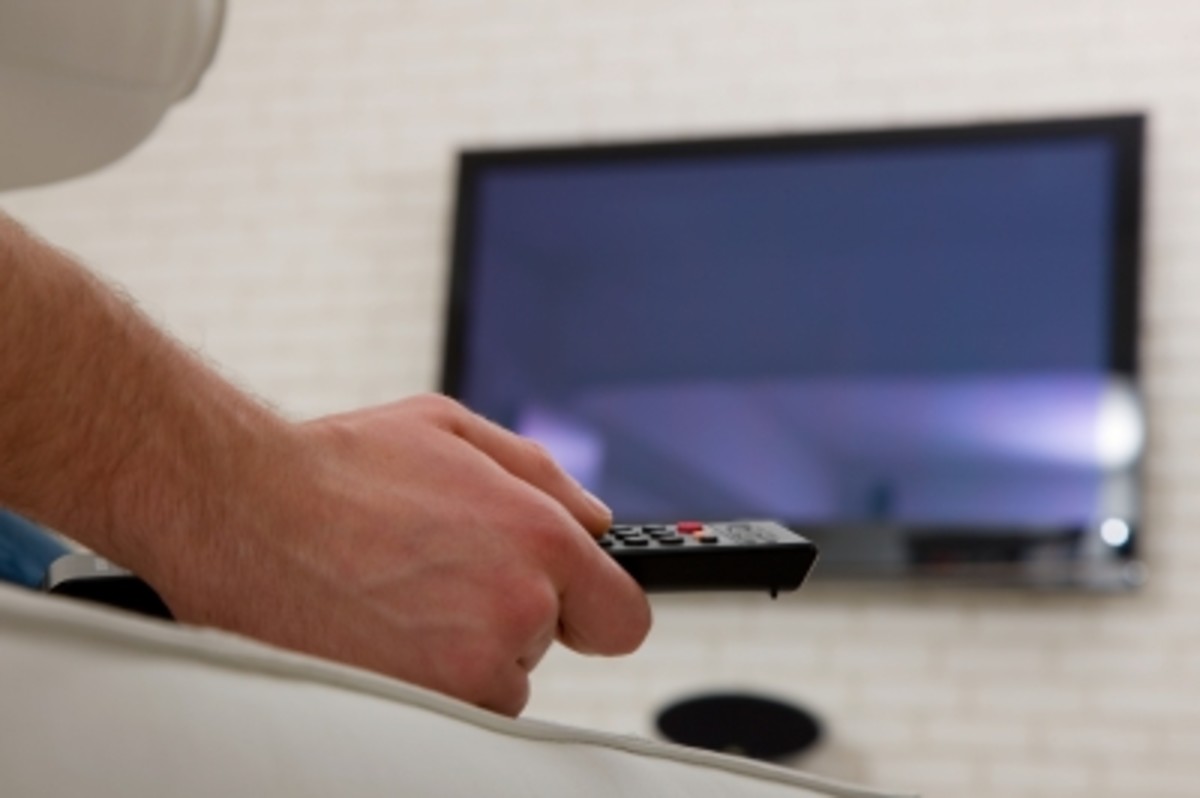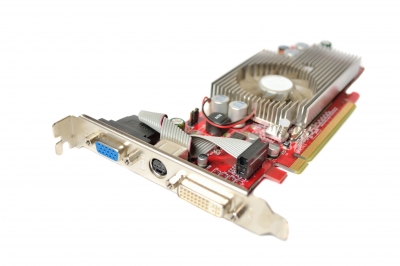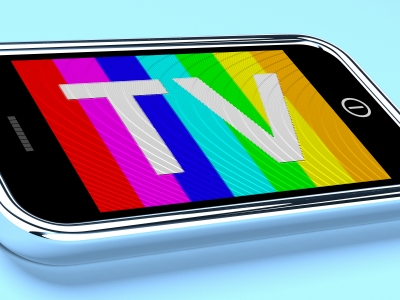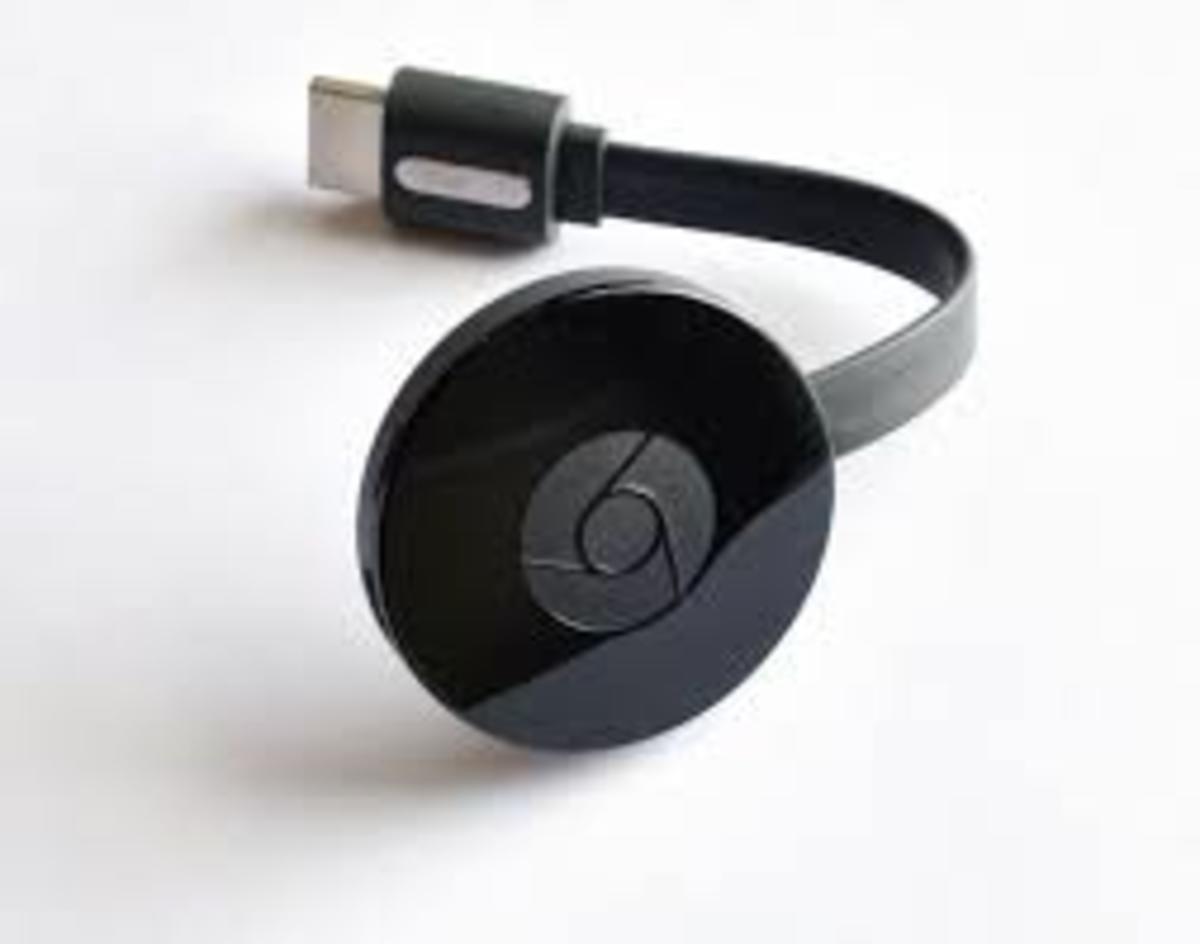Tech Answers: How to Watch TV on a PC

Have you ever been in front of your computer and suddenly had the thought that you might want to watch TV on your PC? There are a bunch of different options out there with some paths a little more technical then others. This article takes you through all your options and will help you find your best option no matter the reasons behind your need to upgrade your viewing experience.
What's the Right Path for Your Enhanced TV Experience?
There are many different reasons that you might want to match your computer with video, and it really all comes down to what you want to do with it. The two main branches of need come from the wish either to use your computer to put content onto the TV in your living room, or to have that content actually on your computer itself so you have a more convent place to watch. Usually the best results are a combination of the two paths giving you the most options even if it's also the most technically difficult. While a more difficult set up can seem daunting it can also be incredibly satisfying to have your vast library of content at your fingertips and be able to watch what you want, when you want, and where you want it.
Tip: Find Your Manual
Depending on your TV and how you're connecting to it, in the manual there's likely a warning about which aspect ratio's are accepted by the TV. Usually the manual also warns that If the aspect ratio you set isn't one of those listed you could damage your TV. Don't take the chance, read the manual. Go to your manufacturer's website and download it. It will save you time in the long run when optimizing everything..

Pick Your Poison: TV or Computer Monitor?
There are two aspects of setting up your computer for content, and the first thing you need to know is how you want to watch your video. If you want to use your computer to pump video to your TV the set up can be a bit more complicated. The biggest thing is deciding how you want to direct content from your computer to your TV. Some TV’s have ports specifically for connections to a PC with a 15-pin monitor connector, as well as DVI or HDMI connectors. If you use these methods you’ll need to adjust your computer's monitor settings to send the signal at a specific screen size. It is best if you have your TV’s manual and see what kind of output it requires, but generally your TV is looking for a 720 or 1080 progressive or interlaced signal. My TV actually works best with a 1360 x 768 ratio for everything to line up properly for height and width, so don’t be surprised if you need to do a bit of experimentation to tune in what works best. You might also have to deal with something called Overscan. It's a technical term for the sides of your display not quite matching up with your screen. Your video card should have settings that will let you adjust the sides of the image so everything matches up.
If you want to just watch content on your computer screen then it gets a lot simpler and what you need is to pick your video player. If you want to use a remote control something like Windows Media Center works really well, and if you only want to take up a part of the screen a powerful player like VLC will let you watch a vast assortment of media types without additional setup.
What is This TV Tuner Thing You're Talking About?
If you’re not familiar with what a TV tuner does, it’s a device that works with your computer to translate video from the way it’s streamed for your TV to understand into digital bits that your computer can understand for both live TV and recording TV. Although there are internal computer cards that that can do the job, personally I prefer a USB TV tuner. For greater depth on this part you can click through to my article on What is a USB TV Tuner.

Do You Want to Watch Live TV?
Your next big choice of your set up is whether you want to watch live TV or not. If you’re ‘cutting the cord’ and getting away from the cable company’s grip then this is less of an issue. If you do want to watch live TV then you need to pick your source. Usually the source is your cable company, your satellite company, or from over the air signals. To use these sources you’re going to need a TV tuner of some sort attached to your computer. In addition to the local option there is a web option. Some companies will allow you to stream media from their websites directly at the same time that they broadcast it if you pay for it. While it might not be HD quality you are getting it live and it may be your only option for certain sports.
Streaming from Online Companies
Your cable company isn't the only source for network shows anymore. There are companies like Netflix and Hulu that have a great library of content that they’ll stream live to your computer. Streaming has several issues though. The first is that if your not from the US you can't even access Hulu and several other streaming options. Some of those streaming companies also have issues with set top boxes that attempt to do this and block them, but since you’re using a computer they welcome you with open arms. If you’re not sure what you want, sign up with a free trial from Netflix. They have the biggest library out there right now and have a good international reach. Whatever you choose to use to use, by using both current content and older shows in the 4:3 ratio rather than the widescreen 16:9 ratio you’ll be able to easily dial in the correct screen size that works for you. It's good to go with something free as while in the process you might find that your streaming service works well enough that you only need a small box sitting by the TV streaming Netflix rather than your computer.
Viewing from Downloaded Sources
So, if you don’t get your content from a cable provider or from a streaming service, where are you getting it from? Both Amazon and Apple are big dogs in this market allowing you to get a wide array of content, although you’ll find that a lot of content downloaded from companies are hobbled with Digital Rights Management that restricts what you’re able to do with your videos. There are other options out there, including free stuff through BitTorrent. Now I know that most people see the word torrent and automatically think ‘illegal’, but that’s not the case. Don’t get me wrong, there are a ton of pirate sites out there but a torrent is a type of technology that can be used for good or ill and not just a means to pirate things. In fact the company BitTorrent offers ways to legally purchase and download a whole library of movies and TV shows. So in short be wary, but not scared, of torrent links.
Do You Really Need a Computer Next to Your Screen?
I personally love my computer right next to my TV serving me my library of content, but not everyone has the room for that kind of setup. There are a couple of alternatives that can work great for you. The first is to get a small streaming box that’s networked to your computer. An example of this is the Western Digital TV Live box. Something like this will link to your computer, allow you to search your computer through its menu, and then stream the content over your network to the box, which in turn displays it to your TV. Boxes like these come with all sorts of options like wireless networking, HDMI connections, and even Netflix integration.

There are also options like Slingbox as your computer alternative. Slingbox is much like the DVR your cable company rents to you but as it's name suggests it will stream the content it records to your computer, laptop, or even your iPad or iPod. You don't even need to be at home to do it either, you can stream all that content from within your home to wherever you happen to be as long as you've got a decent internet connection. Probably best if you don't get caught catching up on True Blood while you're at work though.
Whether you’re tech savvy and are able to set up your own personal TV server, or you want a turn-key solution, there are a ton of different options out there. Take the time to figure out what’s best for you, and take back control over your video.










